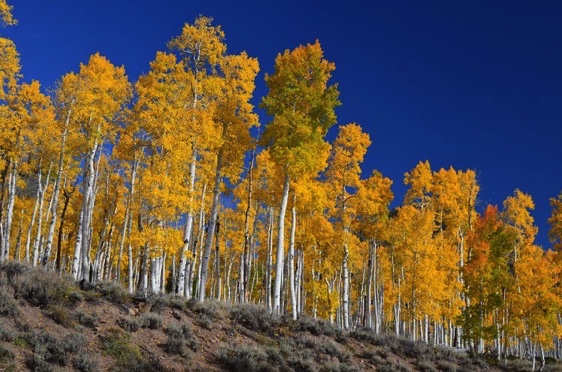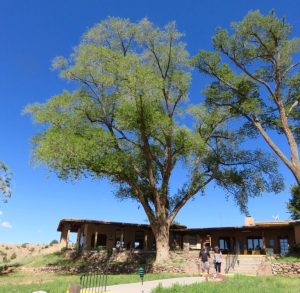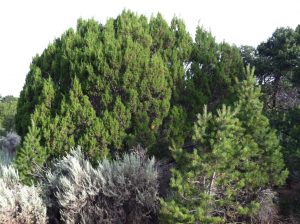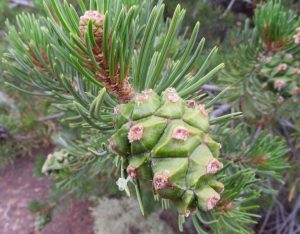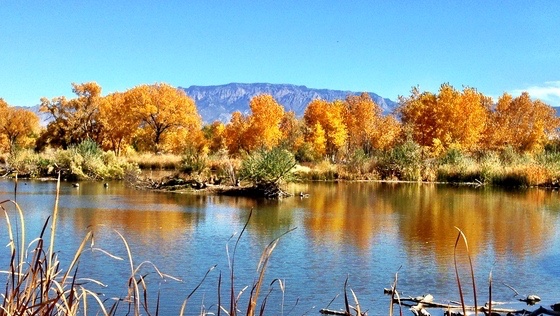
The La Vista Verde Trail, in the Orilla Verde Recreation Area, runs from State Highway 567 to an overlook point with the Rio Grande Gorge rapids far below. The steep-walled gorge trail has dramatic changes in elevation and draws many species including raptors (such as eagles and hawks), songbirds, waterfowl, beavers, cougars, ring-tailed cats, and mule deer. The trail is 1.2 miles long. We started at 6,243 feet, with an elevation gain of 88 feet as the trail climbed—a gradual gain in elevation and an easy hike.



